#Minoan Crete
Explore tagged Tumblr posts
Text

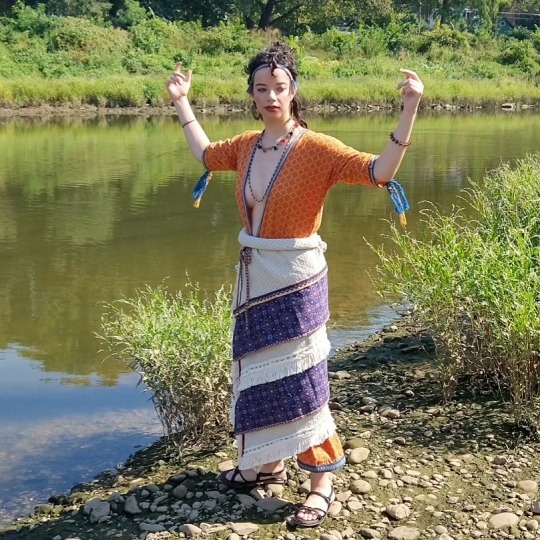

My most recent make is this ancient Minoan ensemble! It consists of a tunic (heanos) worn under a flounced wraparound skirt shaped like a double-bladed axe (labrys). Despite how heavy the linen skirt is, the entire outfit is surprisingly easy to move around in. I even waded into the river to rescue a bee!
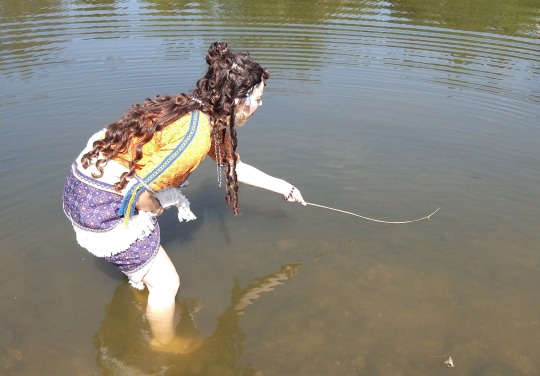
Hot Girl Activities
#minoan crete#minoan#ancient greece#greek mythology#historical costuming#bronze age#my costumes#clothing reconstruction#hot girl summer
5K notes
·
View notes
Text

Minoan lady with a snake no correlation to the snake goddess at all
#my art#minoan crete#minoan#ancient greece#ancient crete#ancient history#history fanart#historical art#historical oc#im realizing a pattern of me drawing minoan women with trees
391 notes
·
View notes
Text
I have the confidence of those men that think they could land an airplane but instead I just feel like I could be the first person to decode Linear-A if I really put my mind to it
765 notes
·
View notes
Text

An Ariadne and Dionysus sketch I‘m not particularly pleased with
#my art#dionysos#dionysus#ariadne#greek mythology#hellenic polytheism#classical studies#mycenaean#minoan crete#bacchus#the sketches i dislike are always the ones to blow up#i swear if this recieves the same treatment-
434 notes
·
View notes
Text

Based on @kurj's beautiful bull-leaping drawings (sorry for tagging you again, it's just I have noticed that Tumblr hides my recent art pieces from the tags for some unknown reason)
It was really fun doing this piece.
References used:



#bande dessinée#minoan women#minoan crete#minoan#minoan civilization#bull leaping#taurocathapsia#asterix#bronze age aegean#bronze age#tagamemnon#ancient greece#ancient crete#artist on tumblr
61 notes
·
View notes
Text


Minoan Pottery Print — Art History Print | etsy
This is an original design using public-domain illustrations from a vintage book.
#graphic design#minoan#ancient pottery#minoan crete#crete#ancient art#ancient history#pottery#ceramics#octopus
40 notes
·
View notes
Text


More minoan mikus, this time a bit more historical and less mikufied
@kurj
#my art#vocaloid miku#miku fanart#hatsune miku#quitschekaetchzenart#bronze age#minoan#minoan crete#historical miku
86 notes
·
View notes
Text

🧜♀️Historical Mermay🧜♀️ by @/chloe.z.arts
Minoan Mermaid
#historical mermay#Mermay#Mermay 2024#Fashion history#Historical fashion#Ancient fashion#minoan civilization#Minoan crete
129 notes
·
View notes
Text
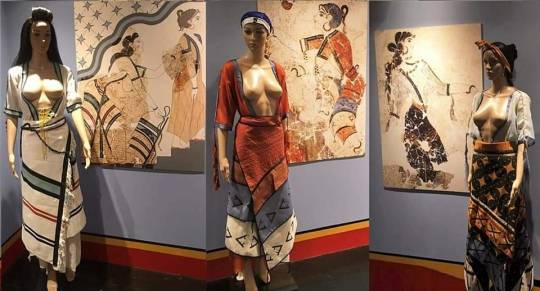
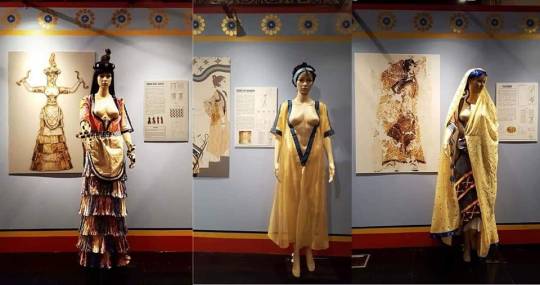
Reconstructions of Minoan women's clothing by Dr. Bernice Jones.
They can be seen at the Hellenistic Museum in Melbourne, Australia.
Photos by Tahney Fosdike
453 notes
·
View notes
Text
Minoan Kilt
The large, structural skirt worn by Minoan women in art is instantly recognizable, and when I made my own I combined current best guesses with my own personal tastes.

My kilt shape follows the hypothesis laid out by Bernice Jones in her book Ariadne's Threads: The Construction and Significance of Clothes in the Aegean Bronze Age. She describes the shape of that of a labrys, a double-headed axe with apparent ceremonial significance in Ancient Minoan culture. This garment may be depicted in Linear-B logogram *166 + we, we-being the backwards-s-shaped squiggle in the center which identifies the piece as a garment.

See pages 336 and 341 in Marie-Louise B. Nosch, The Textile Logograms in the Linear B Tablets
Actual details on construction and materials below the cut:
Construction:
The top and bottom edges of the kilt are concave, so the sides are longer than the middle. This gives the chevron-shape seen on layered kilts in art. In addition, the curved top half makes the skirt flare out, accommodating the hips and giving more freedom of movement to the legs. My kilt measured from my waist to my anklebone at the longest point, and about 1.5 times around my waist.
I chose to make a flounced kilt, with smaller strips of fabric and trim applied to a large base piece, rather than a tiered kilt, in which multiple kilt shapes of varying length are layered one on top of the other, so you end up wrangling 3 layers of fabric around the waist. The flounced kilt saves fabric and gives you a lot more freedom with whatever trim you might want. Jones' diagram for a flounced kilt is seen below:

Unlike the version in the diagram above, I chose not to attach ties to the garment itself both because the linen I used was very heavy and I was concerned about weight, and also because folding the skirt and securing it with a separate tie worked just fine for my tastes. In total I had four flounces: 2 alternating rows each of fabric and fringe.
The vertical edges of most kilts are left plain, probably representing either the selvage or an edge otherwise finished off to prevent fraying. For my kilt, however, I ended up with a couple inches of self-fringe on either side as I adjusted the fabric to the correct width. At least three examples of kilts with fringed vertical edges are known, all three from the so-called "House of the Ladies" in Akrotiri
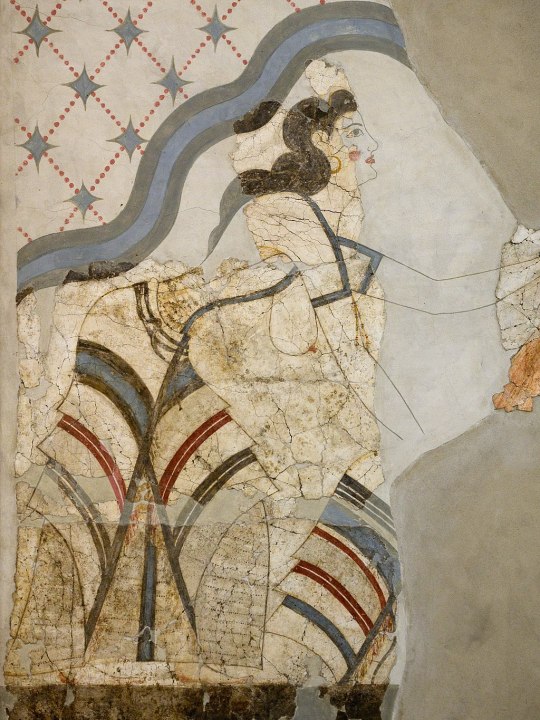

Photos from Wikimedia Commons. Image 1. Image 2.
The vertical edges of these kilts are reinforced with a colored band or tape, probably to keep the garment from unintentional further fraying. Accordingly, I did the same on my kilt. I also like that it gave a nice vertical diagonal to counterbalance the horizontal ones.
Materials
I tried to use mainly linen and wool, the fibers most available on Ancient Crete, but some of my trim was cotton because sometimes you just have to use what's cheap and available in the today times.
The base of my kilt is a heavy, patterned linen in what's called a diaper weave, meaning that a repeating diamond pattern is woven into the pattern itself. A lot of the Minoan textiles depicted in frescoes are characterized by repeating geometric patterns, likely woven into the fabric itself, and that was something I wanted to capture in my own piece. My linen is woven with both cream and natural colored threads. The heavy weight is important to give structure to the garment--otherwise it would be kind of limp. My linen was from Burnley & Trowbridge (shameless plug), as was the plain cotton twill tape I used to bind the top and bottom edges of the kilt, and the dark red wool twill tape I used along the vertical edges.
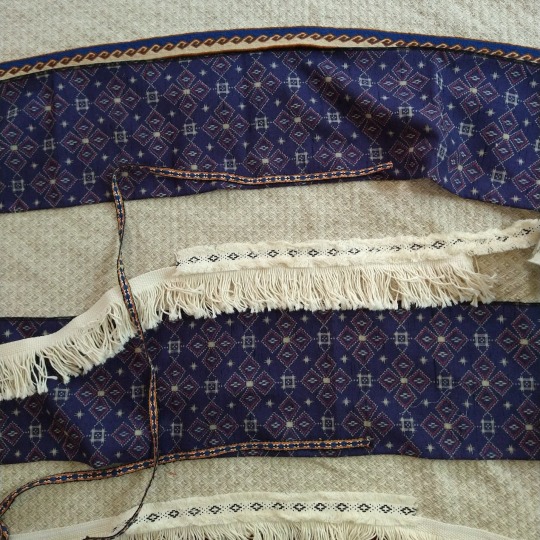
I bought my cotton fringe from a rug supply store. I had to search a while to find a fringe that would work for me, and I ultimately chose fringes with a woven header rather than the more common knotted one, so that it would lay flat against the kilt. I hid the woven header under a layer of cotton fringed trim from Michaels (yes, Michaels) with this really great diamond and dots pattern woven in black.
The blue layers are from a bolt of vintage wool Kimono fabric. Blue appears frequently in frescoes, likely achieved with indigo or woad dye, or even murex/mollusk dye. The fabric is printed with an imitation ikat pattern of diamonds and squares that made me think "the vibes seem right!" because quite frankly, you aren't going to get "historically accurate" Minoan textiles (which there probably isn't enough archaeological evidence to definitively describe) without, like, hand-weaving it yourself or paying someone hundreds of dollars to do it for you (and that price is if the weaver really likes you). Neither of which appealed to my desire to just make a fun, low stress project. Good enough is good enough.
The narrow trim on the bottom of the blue flounces is vintage cotton/poly woven trim. This trim, while narrow, was quite thick and stiff, which was great because it added more weight and structure to the end of my flounces since the wool fabric itself was quite thin.
The top layer is a custom tablet-woven wool trim that I commissioned from MAHTAVAhandicraft on Etsy. I imagined this as the "centerpiece" of my kilt, and I'd arrange everything to complement it.
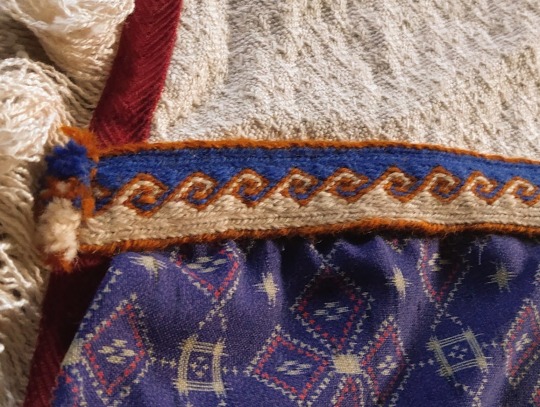
It's a kivrim pattern, which has itself only been traced to 19th-century Anatolia, but I didn't care. The way it looks like waves reminded me of how central the sea was to life in the Ancient Aegean and Mediterranean and it captured the idea and aesthetic I was pursuing. I mean, doesn't it remind you of these dolphins?

(I like the dolphins)
The whole thing was machine sewn with the exception of hemming and adding trim to the blue flounces. If you were to look at it from the back, you'd see lots of zigzag stitches, because i wanted to be fast! and have fun! not chase some unreachable ideal of "accurate."
As for wearing it, I chose to wear it with the top part folded/rolled down over a belt, so I have a thick tube of fabric around my waist. Many images, like the frescoes above of women with fringed kilts, appear to just show the kilt being tied closed. Other images are so fragmented or stylized that it's unclear what kind of skirt closure was used. Sculptures and figurines definitely show some kind of SOMETHING around the waist, whether this is folded fabric or a kind of belt is unclear. Different art could show different things!
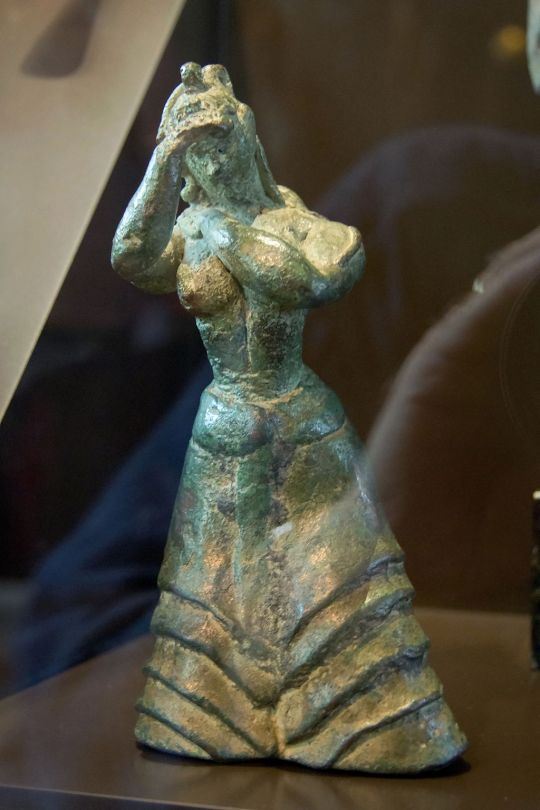
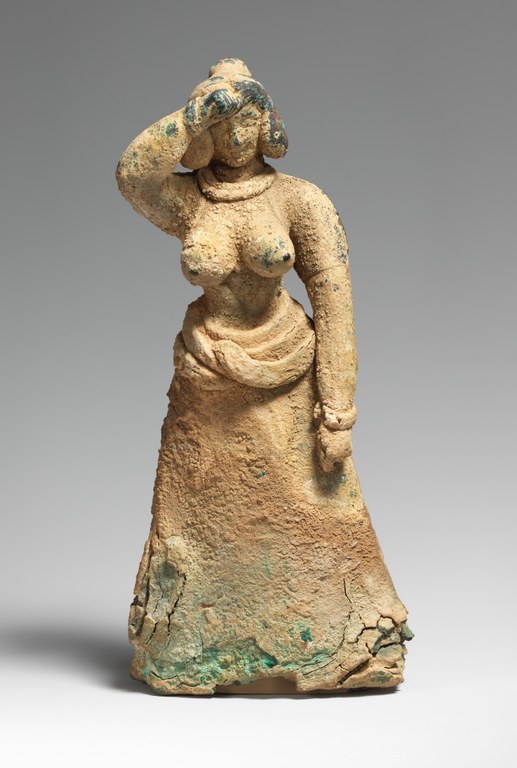
I think I see evidence of a continuous line from the skirt to the waist-roll on the figure on the left, found in Troas, which I think indicates some kind of skirt-folding situation. The woman on the right, found in Crete, looks more like she's wearing some kind of long coiled belt, or perhaps snakes. Who knows? I don't! For my own part, I found the combination of rolled waist + tie belt the most secure for doing things like kneeling, stomping around, and wading into rivers to rescue bees. I also liked that it gave me the bulk around the hips that gives Minoan figurines such a powerful silhouette, and proportionally gives more of an hourglass shape. If you wanted to do something more firmly grounded in the sources, stick just with the waist tie or belt, wrapped around a couple times and tied in back. If you want to be like me, just say "well we don't KNOW it didn't happen" and just do whatever you want. Have fun! Whatever happens, it should be fairly easy to move around in the kilt--this is not a restrictive garment, just a heavy one.
859 notes
·
View notes
Text

i just realized i havent posted any Minoan girl art on tumblr so here you go 🏺 (might need to turn your brightness up to see this one)
#artwork#didgitalillustration#my art#minoan#ancient greece#bronze age#ancient crete#minoan civilization#minoan crete#historical art#historical oc
128 notes
·
View notes
Text
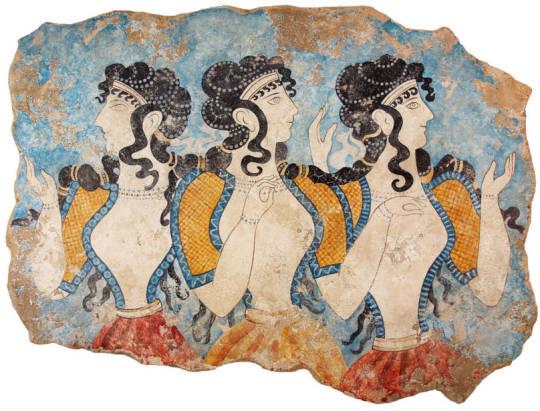
From ancient city of Knossos, Minoan Civilization on Crete, circa 2000 B.C.E.
358 notes
·
View notes
Text










#illustration#drawing#art#illustrated#artists on tumblr#minoan#minoan crete#street art#cats of tumblr#cats#ancient greek
22 notes
·
View notes
Text
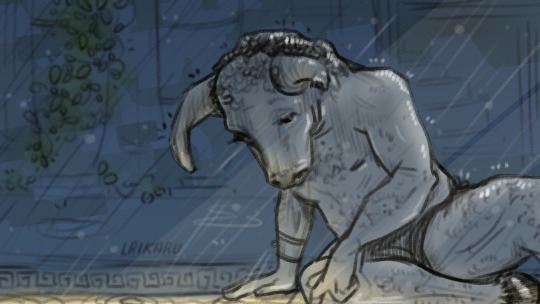
The House of Asterion 🌙🐂

286 notes
·
View notes
Text

Young girl gathering saffron and goddess or woman of authority flanked by blue monkey on left and griffin to right, based a fresco, circa 1600 BCE, Xeste 3, Room 3, North Wall, Akrotiri archaeological site, Santorini, Greece.
Some archeologists claim that the woman (on the left) whom the girl on the right gathers saffron for is actually a religious deity (hense the monkey and the griffin) and that the girl has an epiphany, marking her transmission from a young virgin to a full adult.
References (and uncensored version) used below:
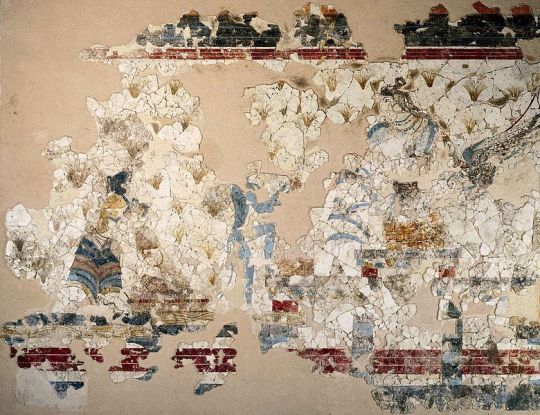

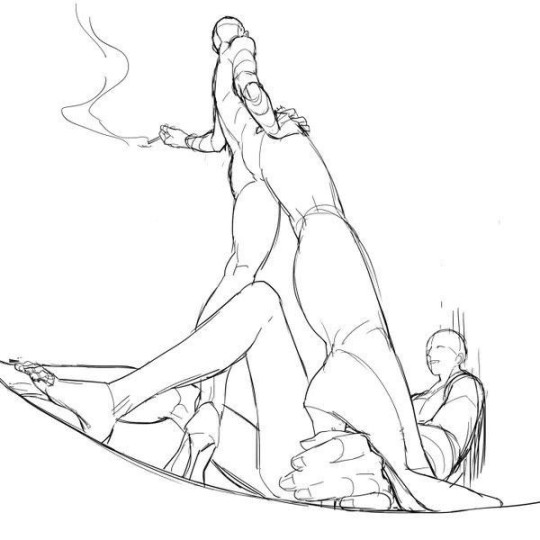

#tagamemnon#ancient greece#greece#greek history#artist on tumblr#crete#ancient crete#minoan#minoan civilization#minoan women#minoan crete#monkey#griffin#saffron#saffron gathering#digital art#bronze age#bronze age aegean
21 notes
·
View notes
Text
If you’re ever feeling insignificant remember that scholars are able to recognize the handwriting of different scribes from Bronze Age Minoan Crete.
Very little is known about the Minoan scribes but we know where different scribes worked based on the handwriting on tablets found at different sites.
Sure, the tablets only really show records, we don’t even know exactly what they are recording but we kind of know who wrote them. We know where they worked and the other things they wrote. Maybe it wasn’t anything significant at the time, and barely significant know, but it’s recognizable. Maybe what they wrote was just as useful as a post-it note on the mirror reminding you to take out the trash. Mundane yet familiar. You know who wrote it by the handwriting alone.
We have the handwriting of people whose profession and culture we can only piece together from the fragments of what history has left us. Something so insignificantly intimate like someone’s handwriting.
#yes I’m fine about this#(lie)#But like we know next to nothing about the Minoans#but we have their handwriting#We don’t know how they were governed#or who they were governed by#we can only guess at who they were#but their handwriting has been left for us#yes I do get overly emotional about Bronze Age Aegean civilizations#no im not sane#minoan#minoan crete#ancient history#history#bronze age#ramblings
22 notes
·
View notes